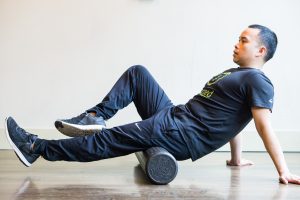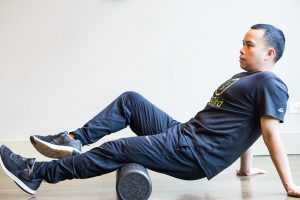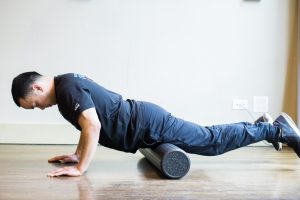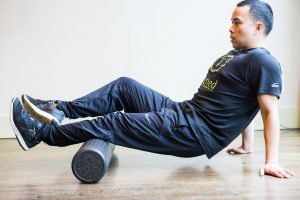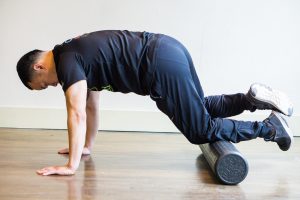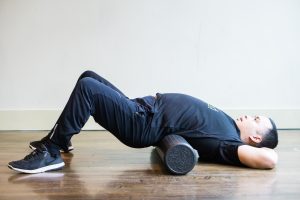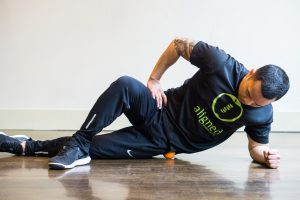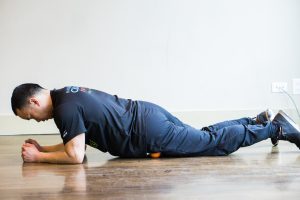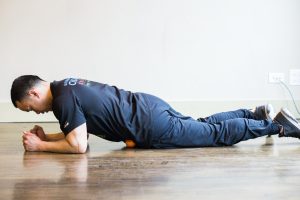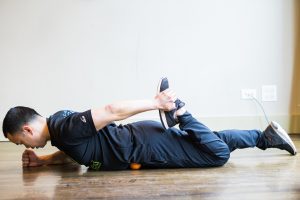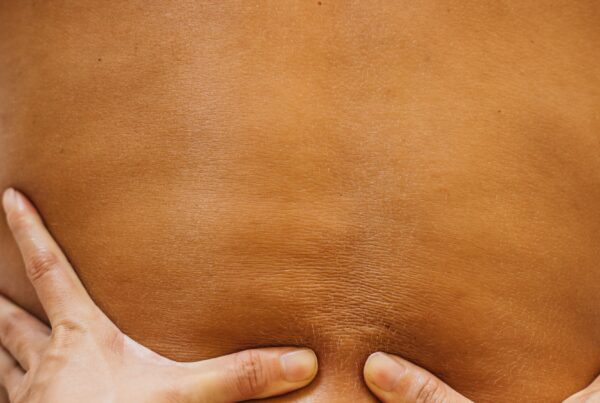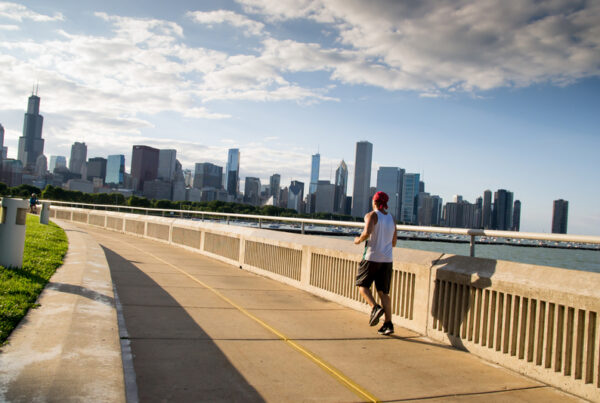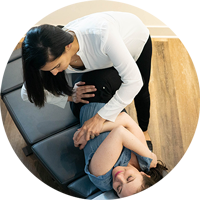Foam rolling is a form of self manual therapy to reduce myofascial tightness and improve myofascial mobility.
Foam rolling, or self myofascial release, can be done before you exercise or after you workout. You may add this to your dynamic stretch routine to increase vascularity (increase NO2 which increases blood flow), break up adhesions within the fascia and muscles, and increase range of motion.
Fascia is the fibrous layer of connective tissue that surrounds muscle. Healthy fascia is important for the functional properties of the muscular connective tissues in the human body, like your tendons, ligaments, joint capsules and muscular envelopes.
Benefits of foam rolling
- May improve flexibility and joint range of motion.
- May help with post-activity recovery by reducing delayed onset muscle soreness (DOMS)
- Increases circulation.
- Promotes muscle gliding to properly fire during exercise.
Best practice
- 3-5 sets of 20-30 second repetitions.
- 3-5 times per week, performed on a consistent basis, to achieve and retain the longterm effects on flexibility.
- When added to a dynamic stretching routine before exercise, range of motion was improved during exercise.
Hamstrings
- Sit down and place foam roller under your thighs. Bend one leg to 90 degrees. Your other leg should extend forward.
- Place your hands behind you. Gently push up to support your weight and stabilize your foot.
- Slowly roll back and forth until you’ve located a sensitive area. Then maintain pressure there for about 30 seconds.
Quadriceps
- Lay on top of your foam roller with the roller under your quads, above the knees.
- Use your forearms to begin pushing yourself slowly back. The roller will move towards your hips.
- Roll slowly, about one inch per second.
- As you near hips, you’ll start rolling back down. Continue for 30-40 seconds and focus on any trigger points that you locate.
Gastrocnemius & Soleus
- Begin with calves placed across the roller. Keep hands on floor.
- To roll, lift buttocks up and move back and forth along the length of the calves.
- One leg can be stacked on top of the other to control the release.
Anterior Tibialis
- Begin on your hands and knees with a foam roller under your shins, below your knees. Engage you abdominal muscles and keep you back flat.
- Begin to place weight on the foam roller.
- To roll, pull your knees towards your hands, keeping your hands still.
Thoracic Extension
- With the foam roller under you upper back, bend your knees to keep feet flat on ground.
- Place your hands behind your head and pull your elbows up, as close together as they’ll go.
- Leave your head down towards the floor.
- Extend the thoracic spine over the roller and being rolling slowly up and down the vertebrae.
- Do not roll the neck or lower back.
Tensor Fascia Latae (TFL)
- Lie on side and place a ball under your TFL (the muscular pocket between the pelvis and femur).
- Let the weight of pelvis sink into the ball for 30 seconds.
Glutes
- Sit on the ball on one cheek, a little off to the side.
- Cross your same leg over the opposite knee.
- Make small circular motions. Reverse direction of circles.
- Repeat on other side.
Hip Flexors (Iliacus and Psoas)
- Lie down on your belly, using forearms to prop yourself up.
- Place ball below your hip bone.
- With small motions, move side to side until you locate a tight spot.
- Hold until you feel the tight spot release. Repeat throughout area.
- Switch sides.
- The second variation includes a quad stretch.
- Letting your weight rest on the ball, prop yourself onto forearms.
- Bend knee and reach arm back to hold foot.
- Lower head down onto back of hand and hold until you feel tension release.
- Switch sides.
If you have any questions, contact our Chiropractic Physical Medicine team for a free consultation. We are ready to help you focus on improvement of mobility, range of motion, balance, and muscle strengthening.


